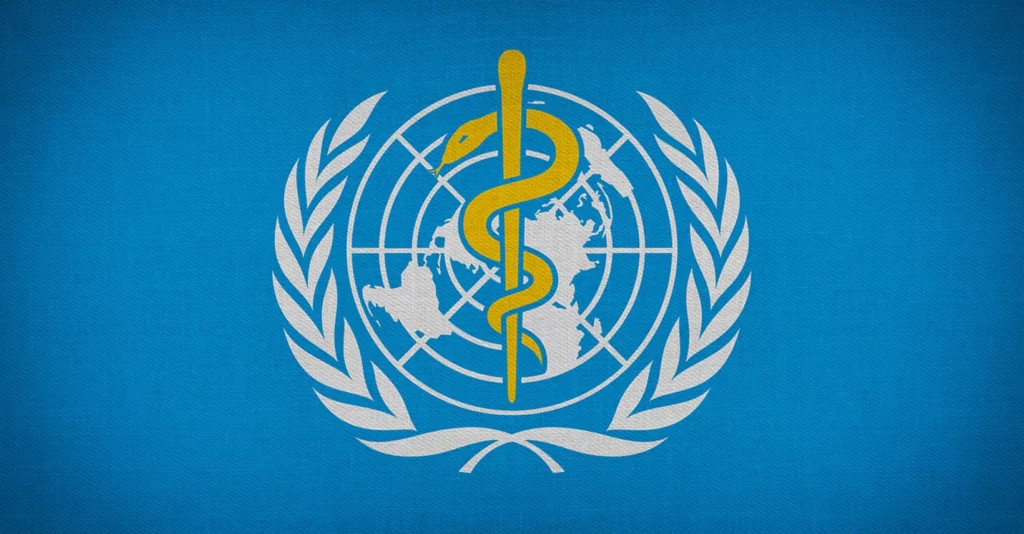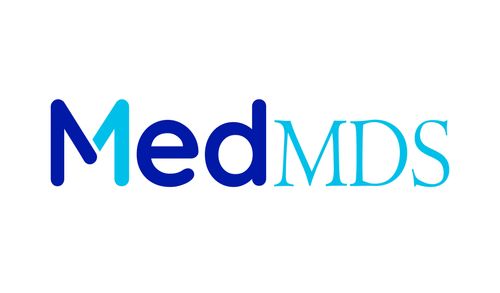Are we getting better at naming diseases? This is an interesting topic worth exploring. Over the years, our understanding of diseases and their associated terminology has changed and evolved considerably. In this blog, we will take a look at the evolution of disease terminology and the role it plays in the advancement of medical science.
Introduction
Naming diseases is a crucial aspect of medicine as it helps in identifying and treating them effectively. The process of naming diseases has evolved over the years, and this blog aims to explore the changes that have occurred. In this article, we will delve into the history of disease naming and how it has evolved to become more standardized and accurate. We will also look at the challenges that come with naming diseases, such as cultural and societal influences, and how they impact the process. The introduction sets the tone for the rest of the article, highlighting the importance of disease naming and the need to understand its evolution. As we delve deeper into the topic, we will explore the various factors that have influenced the naming of diseases and how they have changed over time. By the end of this article, we hope to provide a comprehensive understanding of the evolution of disease naming and how it impacts the medical field today.
Definition of Disease Naming
The definition of disease naming has evolved over time, and it is an important aspect of medical terminology. Disease naming is the process of assigning a name to a particular illness or condition based on its symptoms, causes, or other characteristics. The naming of diseases has come a long way since ancient times when illnesses were named after gods or demons. Today, disease naming is based on scientific principles, and the names are often derived from Latin or Greek words. The World Health Organization (WHO) is responsible for naming diseases, and they have a set of guidelines that they follow. The guidelines ensure that disease names are informative, easy to pronounce, and do not stigmatize any particular group of people. Disease naming is an important aspect of medical communication, and it helps healthcare professionals to communicate effectively with each other and with their patients. As we continue to make progress in the field of medicine, disease naming will continue to evolve, and we can expect to see more accurate and informative names for diseases in the future.
Historical Context of Disease Names
The historical context of disease names is an important aspect to consider when looking at the evolution of terminology. In the past, diseases were often named after the location where they were first identified or the person who discovered them. For example, Lyme disease is named after the town of Lyme, Connecticut where it was first identified in the 1970s. Similarly, Parkinson’s disease is named after James Parkinson, the physician who first described the symptoms in 1817. However, this naming convention can sometimes lead to confusion or stigma, as was the case with the Spanish flu which actually originated in the United States but was named after Spain due to wartime censorship. In recent years, there has been a shift towards using more descriptive and neutral names for diseases, such as Human Immunodeficiency Virus (HIV) instead of the previous term “gay-related immune deficiency” (GRID). This change reflects a growing understanding of the importance of language in shaping public perception and reducing stigma around certain illnesses. Overall, while there is still room for improvement, it is clear that we are making progress in the way we name and talk about diseases.
Factors that Contribute to the Development of Terminology
When it comes to the development of terminology, there are several factors that contribute to its evolution. One of the most significant factors is the advancement of medical knowledge and technology. As we learn more about diseases and their causes, we can create more precise and accurate names for them. Another important factor is cultural and societal changes. For example, the stigma surrounding mental health has decreased in recent years, leading to more accurate and less stigmatizing terminology for conditions like depression and anxiety. Additionally, the globalization of healthcare has led to the adoption of standardized terminology, making it easier for healthcare professionals to communicate across borders and languages. Finally, patient advocacy and input have played a crucial role in the development of terminology. Patients and their families often provide valuable insights into the lived experience of a disease, which can inform the naming and classification of conditions. Overall, the development of terminology is a complex and ongoing process that reflects the ever-changing landscape of healthcare and society as a whole.
The Role of Language in Disease Naming

Language plays a crucial role in disease naming, as it can affect public perception and stigma surrounding certain illnesses. Historically, disease names have been based on geographic locations, animals, or even people who were associated with the illness. However, in recent years, there has been a shift towards more neutral and descriptive names that do not attribute blame or judgment. For example, the World Health Organization (WHO) has created guidelines for naming infectious diseases that avoid terms that could stigmatize certain groups or countries. Additionally, the use of acronyms or scientific names has become more common to avoid confusion or bias. While there is still room for improvement in disease naming, the evolution of terminology has shown progress toward more inclusive and accurate language. It is important to continue to prioritize the use of language that is respectful and informative in order to promote understanding and empathy toward those affected by the disease.
Current Practices in Disease Naming
Current practices in disease naming have evolved significantly over the years. In the past, diseases were often named after the person who discovered them or the location where they were first identified. However, this approach was often confusing and led to misunderstandings. Today, disease names are chosen based on a set of guidelines established by the World Health Organization (WHO). These guidelines emphasize the importance of using names that are easy to pronounce and remember, as well as names that do not stigmatize individuals or groups. In addition, disease names are now chosen in consultation with experts in the field, as well as patient advocacy groups, to ensure that they are both accurate and sensitive. Despite these improvements, there is still room for improvement in disease naming practices. For example, some disease names are still based on outdated or offensive terms, and there is a need for greater transparency and accountability in the naming process. Overall, however, the evolution of disease naming practices reflects a growing awareness of the importance of clear and accurate terminology in the field of medicine.
Challenges Facing Modern Terminology
One of the biggest challenges facing modern terminology is the rapid pace of scientific and medical advancements. As new diseases, conditions, and treatments are discovered, the need for accurate and precise terminology becomes increasingly important. However, keeping up with these advancements can be a daunting task for medical professionals and terminologists alike. Additionally, the globalization of healthcare has led to an increased need for standardized terminology across languages and cultures, which can be a difficult task to achieve. Another challenge is the potential for terminology to be influenced by societal and cultural biases, leading to stigmatization and discrimination towards certain groups. As we continue to evolve and improve our understanding of diseases and medical conditions, it is important that we also prioritize the development and refinement of terminology to accurately reflect these advancements and promote inclusivity and understanding.
Conclusion
The evolution of disease naming has come a long way, and we have made significant progress toward standardization and accuracy. However, there are still challenges that need to be addressed, such as cultural and societal influences, to ensure that disease names are not stigmatizing or discriminatory. As we continue to advance in medicine and research, the importance of accurate disease naming cannot be overstated. It is crucial for effective treatment and management of diseases, and we must continue to strive towards improving the process. Therefore, it is imperative that we all take responsibility in advocating for the use of accurate and non-stigmatizing disease names. We must urge healthcare professionals, researchers, and policymakers to prioritize this issue and make necessary changes to ensure that patients are not subjected to discrimination or prejudice based on their illnesses. Moreover, as individuals, we can also play a role by educating ourselves about the impact of language on health outcomes. By using inclusive language when discussing diseases with others or referring to our own illnesses online or offline platforms,, such as social media channels or medical forums – we can help reduce stigma surrounding certain conditions. In conclusion – let us strive towards creating a world where no one feels ashamed because of an illness they have no control over. Let us work together towards achieving standardization in disease naming so that everyone has access to equitable treatment regardless of race, ethnicity, gender identity, socioeconomic status, age, etcetera; ultimately leading us closer than ever before toward effective management solutions for those suffering from any type(s)of ailment(s).




